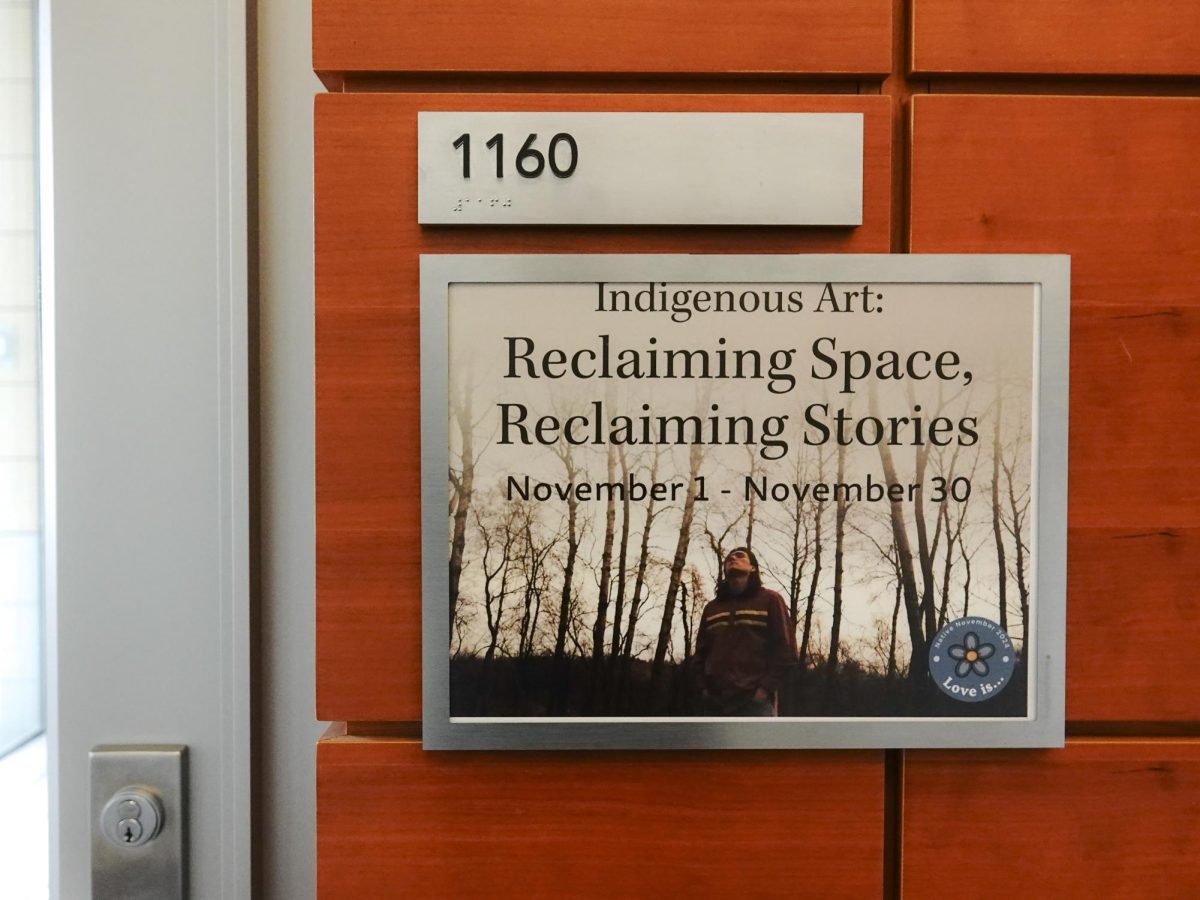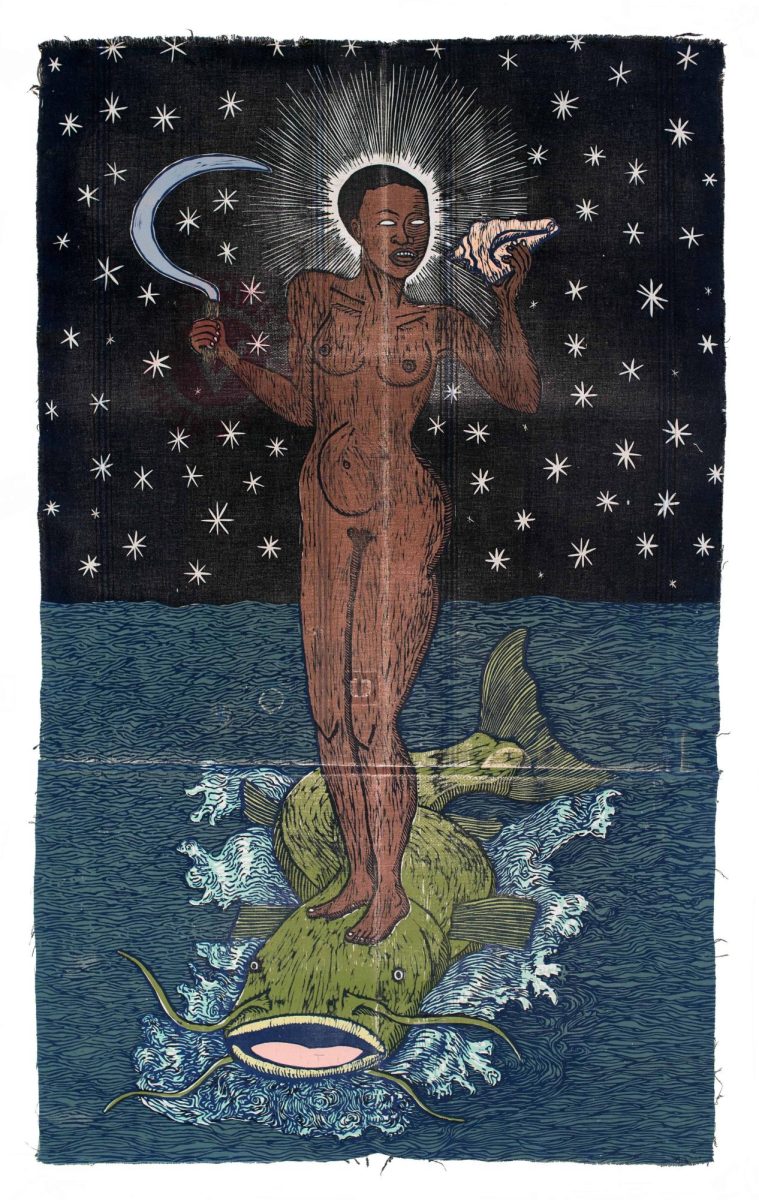“Seeking Asylum,” a master’s art thesis exhibit by J. Leigh Garcia, gives viewers the opportunity to see what it would be like to travel across the U.S.-Mexico border.
The exhibit is dedicated to undocumented immigrants, inspired by six men whom Garcia has been in letter correspondence with. These men are facing deportation, and are at the Stewart Detention center in Lumpkin, Georgia.
The exhibition’s inclusion of the three senses enhances the experience for all. It not only provides a visual sensation, but is also auditory. The auditory recording is indescribable, but it presents a sobering experience, adding to the visual aid’s effect.
The floor was covered with sand so visitors are able to physically feel the surface one would move across if they really were traveling in the desert.
It is unlikely one would not be affected by the installation in some way. The immersive experience that Garcia provides for viewers is shocking and inspiring at the same time.
For instance, a wall shows items frequently found along the border path, which normalizes this trip to viewers, as it includes everyday items anyone could relate to. Additionally, viewers can see the minimal amount of objects travelers are able to carry when making this intense trip.

Eccles, Karetz bring deeply personal sister exhibitions to UW gallery
The interactive quality increases as one travels through the exhibition, as they have to squat to walk through a section in a fence, representing some of the discomfort individuals endure.
Empty water containers are frequently present throughout the Humanities installation, showing the necessity of hydration and the frequent shortage of adequate fluids.
Alongside desert-like plants scattered throughout the room, there is one piece that is quite troubling: a pile of empty plastic water gallons and disposed legs inside a garbage bin. This disturbing piece represents the dangers of making such a journey, and the sad outcome many face.
While the mobilized trail gives viewers a sense of the journey’s reality, the last aspect of the exhibit further proves its legitimacy. As Garcia notes, there is a display of drawings created by the men she talked with in Georgia. Through these drawings, the men were able to tell their personal stories, influencing the artist with original content.

Garcia provides attendees with a scenario few will ever have to endure. This exhibit tells the story of the obstacles many people must overcome to attain a better life, though most of the time this better life is inaccessible.














